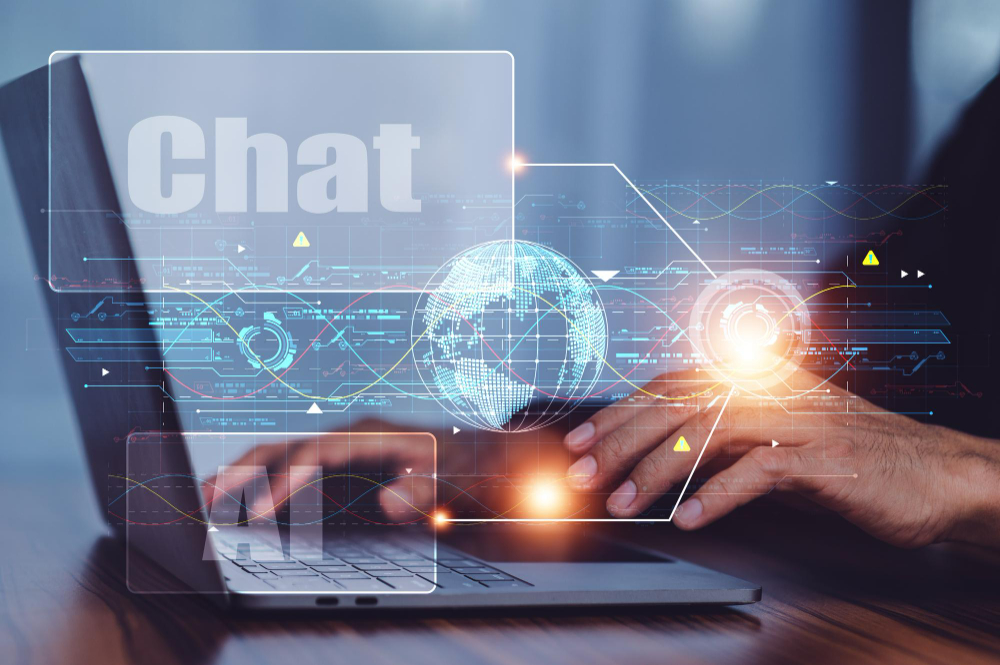Written by Richard Walsh, Software Architect at Lokulus.
Automation has long been part of the business environment and has focused on reducing the amount of work placed in front of an employee or Agent.
For example, the Lokulus platform automates customer interaction activities to free up Agents to focus on more complex work or work that requires a personal touch.
With the public becoming more accustomed to virtual assistants at home, now is the time to introduce assistants for employees in the workplace.
Virtual employee assistants (VEAs) can be used in a variety of ways, from guiding agents through customer interactions to generating knowledge articles based on customer enquiries.
This article will explore the various types of VEAs and how they can enhance employee and customer satisfaction.
Guided Action Bot:
Guided action bots are VEAs that walk agents through step-by-step business processes to help them solve problems or gather information. These bots can be used in various of contexts, such as troubleshooting technical issues or processing orders. By using guided action bots, agents can follow approved and consistent processes, saving time and improving customer satisfaction.
Best Next Action:
Best next action (BNA) bots infer from the context of the customer’s case history to predict the best next action for an agent to take during a customer contact. BNA Bots will account for the purpose of the customers contact, customer sentiment, customer history, regularity of contact, customer value and other metrics to ensure the agent is able to support the best next step in the customer’s journey.
For example, providing a voucher if a high value customer has experienced poor service.
Context Bot:
Context bots work with BNA bots to ensure the Agent understands the customer’s journey. They provide several mechanisms to achieve this:
- Summarisation of historic customer contacts giving the agent a view of the customer journey.
- Give a bird’s eye view of the customer’s use of self-service capabilities. For example, the context bot can let the agent know which articles the customer has read in the self-service portal, which can help the agent provide more targeted assistance and avoids frustrating the customer with repetition.
Knowledge Bots
Knowledge bots are VEAs which provide agents with access to internal knowledge based upon a customer’s enquiry. The information is surfaced via a search UI which provides answers to a question posed by the agent. For example, “What is our SLA for refunds?”.
These bots also can be used to generate knowledge articles, such as:
- Automatically documenting how an agent has handled a case.
- Generating an article based upon a customer enquiry regarding business hours – the bot integrates with business systems to access such data.
Agents can use these articles to help them handle a case or they can be shared with customers to help them resolve issues on their own. By using knowledge bots, agents can provide customers with accurate and relevant information, which can improve customer satisfaction.
Whisper Bot:
Whisper bots are Virtual Employee Assistants (VEAs) that monitor real-time conversations (such as chat, telephone, and messaging) and provide suggestions to agents either verbally or through a chat interface.
Whisper bots provide a real-time automated QA process without the need for senior agents to listen in to calls.
They can suggest ways for agents to de-escalate difficult situations and can also suggest additional products that customers may be interested in.
Response Bot:
Response bots are virtual assistants that provide draft responses to customer enquiries using non-real time channels (email etc).
They can automate simple enquiries such as opening hours, and for more complex enquiries, they extract relevant details from the customer record and historic journeys to provide appropriate responses that adhere to business best practices.
Agents review and approve these drafts, allowing senior agents and team leaders to reduce the number of outbound emails they need to quality assure and focus on higher-value interactions.
Lokulus
Much of the technology described above is underpinned by the recent explosion in AI and LLM (Large Language Models). This includes Open AI’s GPT and Google’s Bard which businesses such as Lokulus, Microsoft, LinkedIn and Facebook are leveraging to solve domain specific problems.
Lokulus has been at the forefront of integrating artificial intelligence into its offerings for over two decades. Its Intelligent Virtual Assistant (IVA) serves as a Virtual Employee Assistance (VEA), providing teams with instant message summaries that significantly reduce response times. Additionally, it enhances service quality and productivity by employing automated guided responses, while also improving customer satisfaction through actionable sentiment analysis and intelligent insights.
AI technologies including GPT underpin Lokulus’ forthcoming VEA offering and to demonstrate the technology, it has summarised the article you’re reading below!
“The article discusses the evolution of virtual assistants, from their development in the 1960s for simple tasks to the present day where they use natural language processing, machine learning, and other technologies to provide a wide range of services, from scheduling appointments to controlling smart home devices. The article then focuses on virtual employee assistants (VEAs) and their potential use in improving customer satisfaction. Different types of VEAs, including Guided Action, Next Best Action, Context, Knowledge, Whisper, Response, and Analytics bots, are described, along with their benefits in providing more targeted and efficient support to agents and customers.”
Speak to Lokulus to find out more about how we’re using GPT and other AI models to build the future of VEAs.
For more information, visit lokulus.com


